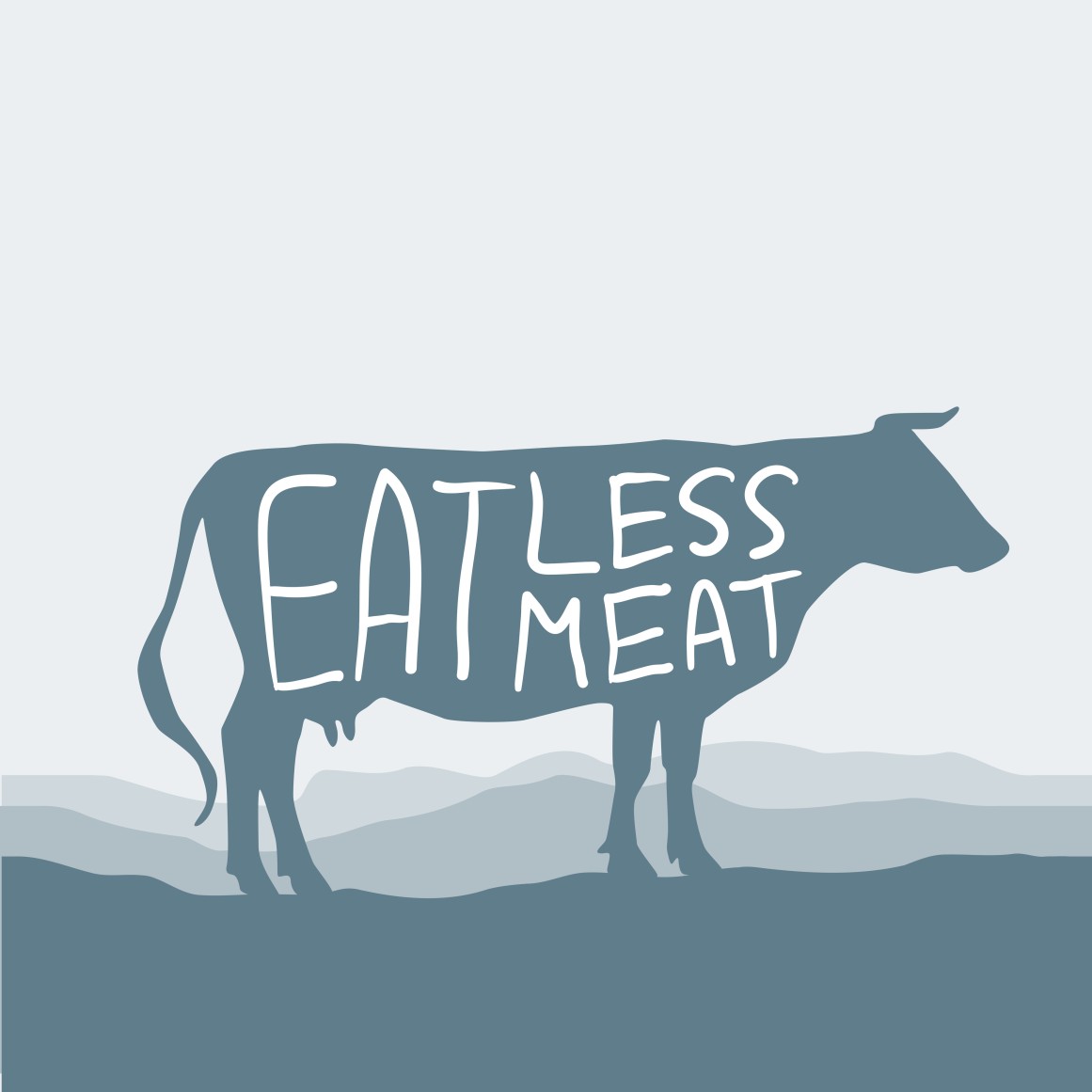
Sweeten Up Your 4th of July With These Patriotic Desserts
June 30, 2023
Posted: May 14, 2022 10:04 am





Many people nowadays are trying to eat less meat, either by cutting their protein intake or by increasing their vegetable intake. Changing a diet that you’ve been following for years may be intimidating, no matter how much you want to limit your meat intake.
The absence of meat does not have to be as terrifying as it seems. The goal is to take little steps, such as the practical ideas below. Over time, these kinds of measures may add up to a big improvement.
1. Plan Ahead of Time and Consider Leftovers
When you’re on the road, it might be difficult to prepare balanced, healthy meals. It may be even more challenging if the fast meals you used to rely on no longer meet your needs. If you plan ahead of time, plant-based meals may be simpler to make.
This isn’t a recipe for broccoli and rice. To make your meals satisfying and pleasurable, combine protein, fiber-rich foods, and essential fats.
2. Commit To At Least One Vegetarian Day Each Week
There are no immediate advantages to being a vegetarian or vegan (or ever, actually). So why not relax a little? A slow pace is low-stress since you don’t have to choose every meal right away.
Absorption of fiber increases by eating more vegetables, fruit, and beans, which are beneficial to the digestive system. However, such foods may cause painful bloating and gas if consumed in excess. Gradually increasing your consumption allows your body to acclimatize faster.
3. Take Advantage of Breakfast
The first vegetarian meal of the day is often the simplest to prepare. In addition, eating a vegetarian breakfast may inspire you to eat a vegetarian diet for the remainder of the day. Knowing you began the day with a vegetarian breakfast may encourage you to continue eating plant-based meals for lunch and supper.

4.Consider Addition Instead of Subtraction
Instead of focusing on what you’re replacing, focus on adding more plant-based items to your diet. As you eat more fruits and vegetables, you will eat less meat. Isn’t there supposed to be a real steak alongside that crispy cauliflower steak? This step will be much simpler by choosing meals that match the “more vegetables” concept.
5. Use Tofu or Tempeh
Tofu and tempeh are the most versatile meat and poultry substitutes. And, contrary to common opinion, they are simple to cook and delicious. Use extra-firm tofu for the meatiest texture, then season liberally with fresh herbs and spices. For tempeh, sauté it with your favorite spices until it’s brown and crunchy.
6. Accept the Snack Tray
Several plant-based snacks may be readily converted into lunch or supper. If you eat the same thing every day, you might feel like something is “missing” from your typical plate.
7. Substitute Beef with Lentils
Lentils have a smooth, chewy consistency that makes them a great ground meat substitute. They also have high comparable nutritional content, like protein and iron, and the ability to absorb a variety of tastes.
Cook lentils in low-sodium vegetable broth rather than water for a more robust taste. Make extra to keep in the freezer. Simply defrost and use as required, just like fresh-cooked lentils.
8. Collaborate With Someone Else Who Wants to Consume Less Meat
Having a partner who shares your views might help you remain on track. Someone who has previously followed a vegan diet may be able to provide tips on how to handle social settings and restaurant menus. Even a novice with similar aspirations to yours will keep you responsible and act as a resource for a recipe exchange. You might choose these meat-based options as a group.
9. Seek Out Tastemakers
You may miss the savory flavor of meat (such as the delectable taste of pork ribs), but you may get the same impact by relying on vegan savory substitutes. Soy sauce, tomato paste, and miso paste may all contribute a good bit of flavor to a dish. Add a parmesan rind to a soup to boost its flavor. The addition of walnuts, olives, and peppers to vegetarian foods may be beneficial.
Conclusion
It’s not necessary to go all-in on a plant-based diet. Even if you do not wish to follow a vegetarian lifestyle, you will still get many of the advantages of eating less meat.

June 13, 2023

May 10, 2023